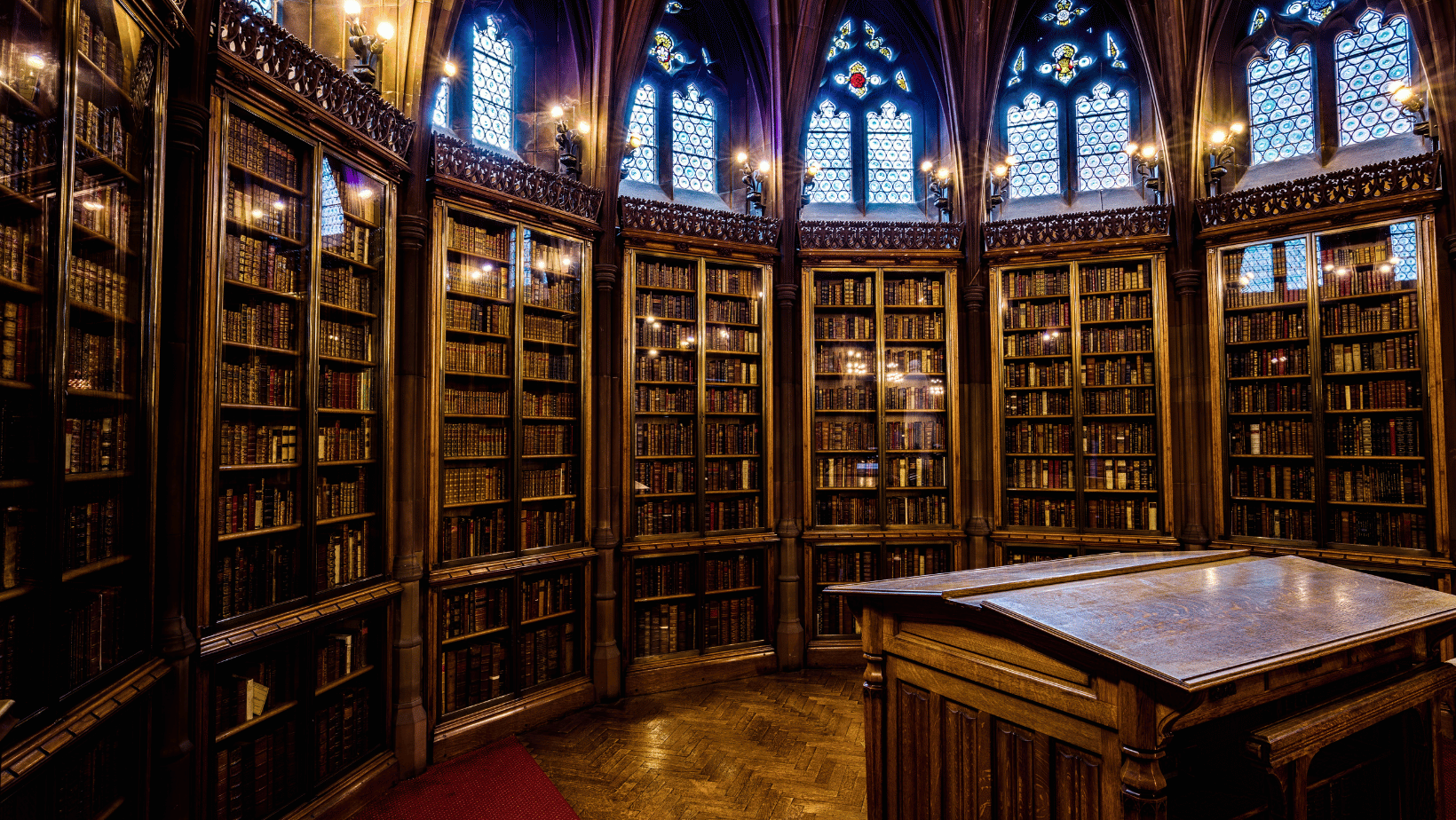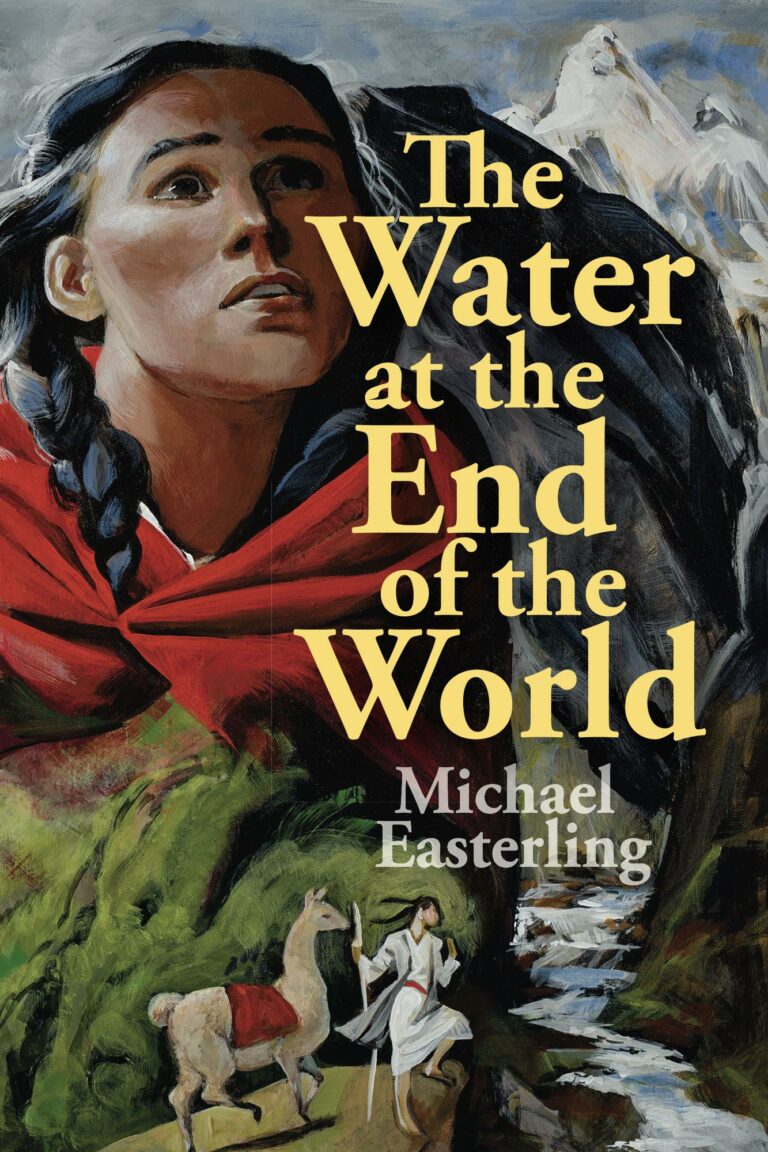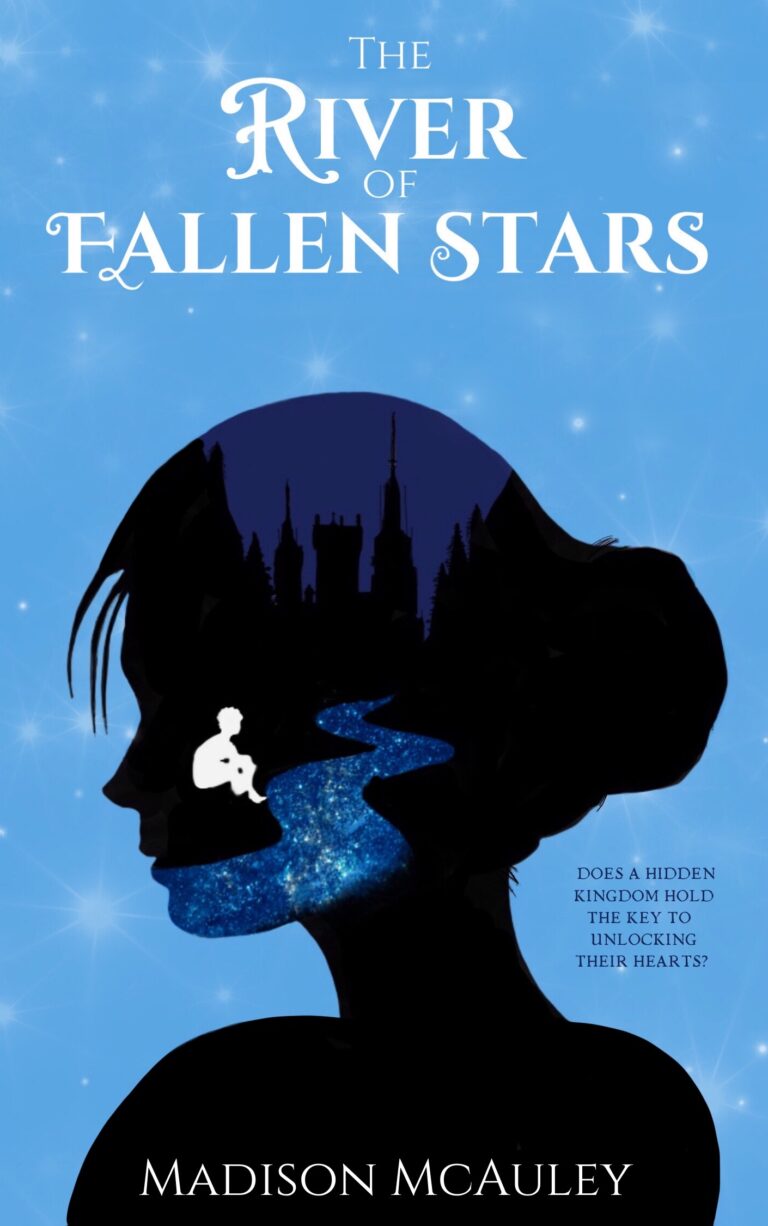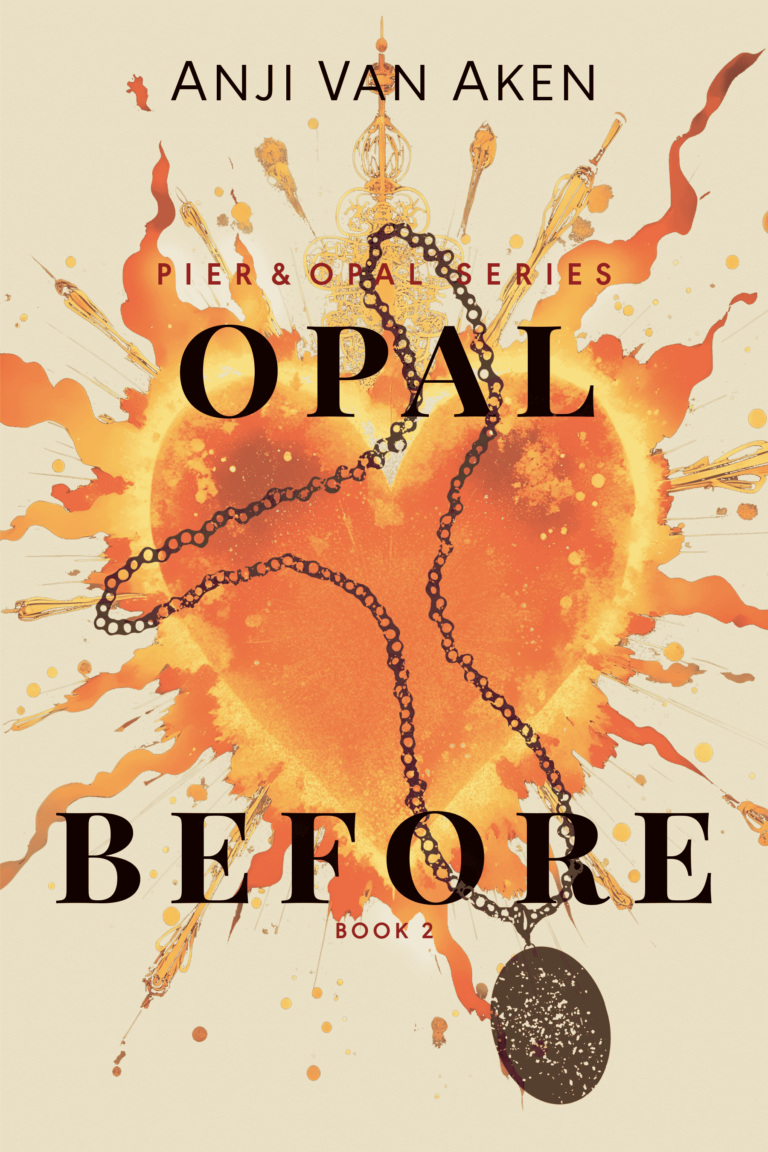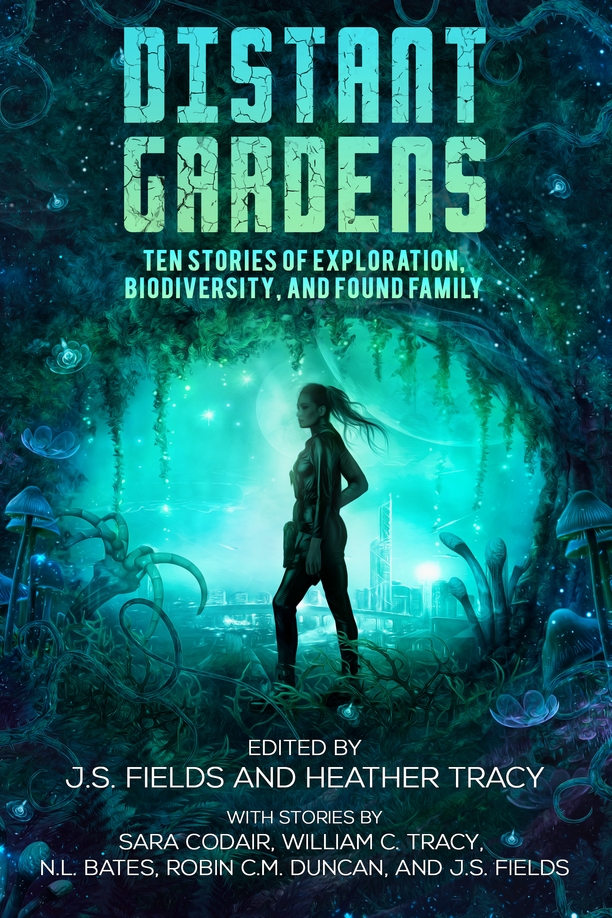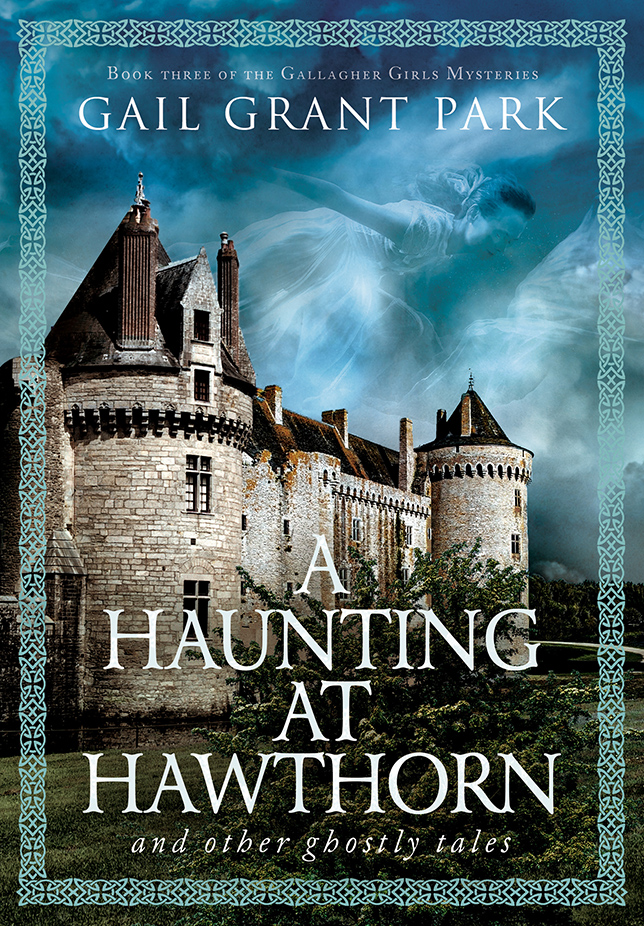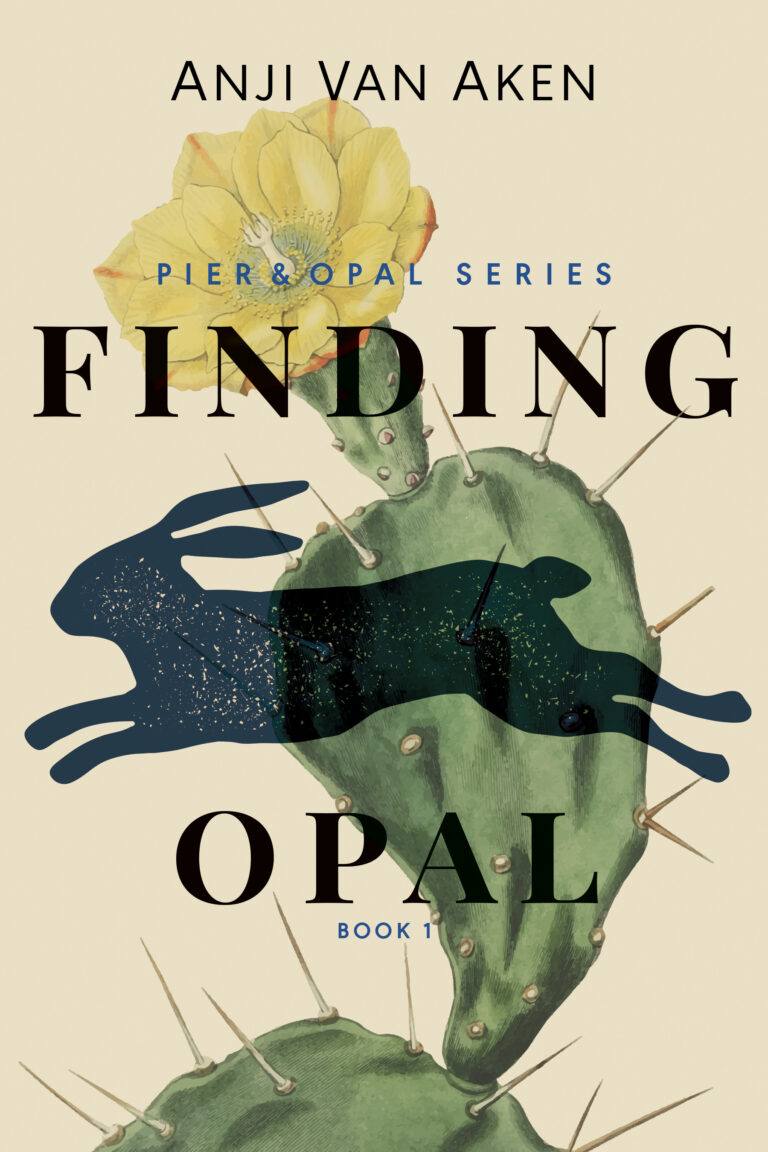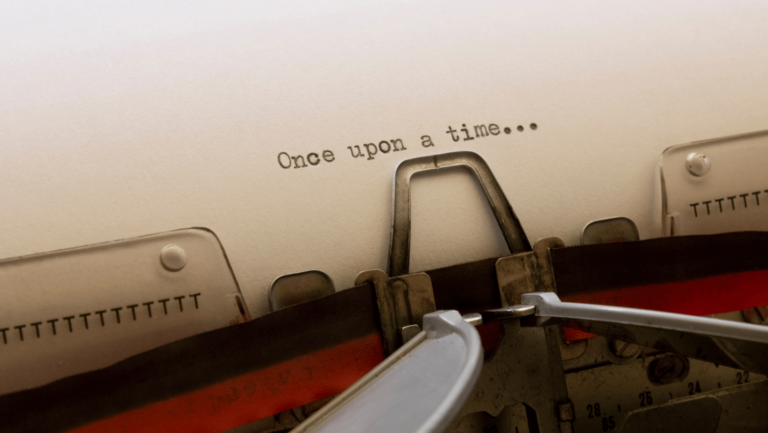In an increasingly digital world, the resurgence of interest in physical books might seem surprising. Yet bookstores, online retailers, and social media feeds alike are brimming with elaborately designed editions – embossed covers, foiled titles, sprayed page edges, custom endpapers, and intricate dust jackets. These editions are not just collector’s items; for many readers, they are reigniting a tangible connection to reading.
This revival isn’t simply a return to tradition. It’s part of a broader cultural moment where readers are embracing the book as a physical, sensory object – not just a vessel for text.
The Rise of “Spredges” and Special Editions
One of the clearest markers of this trend is the popularity of “spredges” – a shorthand for sprayed or printed page edges. Once mostly reserved for premium collector’s editions, spredges have become more widely available through both independent publishers and large imprints.
Many booksellers and subscription services now frequently offer exclusive editions featuring unique page-edge treatments, custom typography, and original commissioned artwork, appealing to collectors and readers seeking distinctive physical copies.
On platforms like TikTok and Instagram, videos unboxing these editions regularly garner thousands – sometimes millions – of views. For many readers, a beautiful book is a draw in itself, often prompting them to buy physical copies they might otherwise read digitally or borrow.
Why Design Matters to Today’s Readers
The renewed focus on aesthetics aligns with a shift in how books are shared and celebrated. With the rise of “BookTok” and visually driven communities, books are increasingly part of lifestyle identity and personal branding. A thoughtfully designed cover doesn’t just help a book stand out on a shelf – it helps it stand out on a screen.
But this isn’t only about visuals. Many readers cite the tactile pleasure of a well-made book – the weight in the hand, the texture of the paper, the craftsmanship of the spine – as reasons to return to print. In a fast-paced, screen-saturated world, physical books offer a slower, more intentional reading experience. A beautifully made edition becomes something to savor, keep, and gift.
A Strategic Response from Publishers
Publishers are taking note. In a competitive market, special editions offer a compelling way to differentiate a title, especially for debut authors or midlist releases. It’s not uncommon now for the same book to launch in multiple formats, each designed to appeal to a slightly different readership – standard, signed, deluxe, sprayed-edge, and book box exclusive.
This design-forward approach is also seen as a response to eBook and audiobook growth. While digital formats continue to dominate in terms of convenience, they lack the visual and tactile appeal that drives special edition sales. For some publishers, offering a beautifully designed physical book is a way to future-proof interest in print.
Collectors, Casual Readers, and the Grey Area Between
Not everyone who buys a special edition considers themselves a collector. For many, it’s simply about owning something meaningful. A favorite book in a deluxe format can feel more permanent, more celebratory. And while some do treat their editions as investments, many readers still annotate, dog-ear, and reread their beautiful books – combining aesthetic appreciation with active engagement.
Interestingly, this trend spans genres. While young adult and fantasy titles are most associated with elaborate editions, literary fiction and nonfiction are increasingly receiving similar treatment. From minimalist modern classics to graphic memoirs with custom endpapers, good design is becoming a baseline expectation across categories.
Final Thoughts
The renewed attention to book design doesn’t suggest that content matters any less. Instead, it reflects a growing understanding that form and function can work together. A compelling story, thoughtfully packaged, creates an experience that digital formats simply can’t replicate.
As readers continue to seek moments of stillness, beauty, and connection, physical books – especially those made with care – are becoming more than just vessels for reading. They’re becoming objects of value in their own right.
Many special editions never get opened – do you think they’re meant more for collecting, reading, or a bit of both?
Follow us on Facebook and Instagram for more insights, and share your thoughts in the comments!

